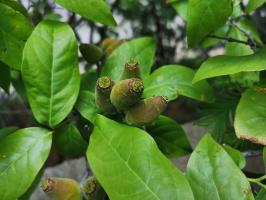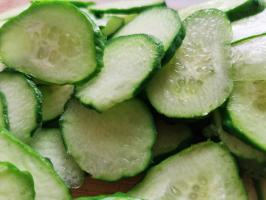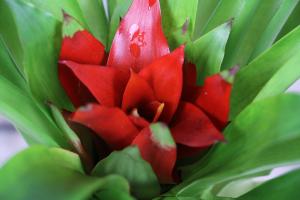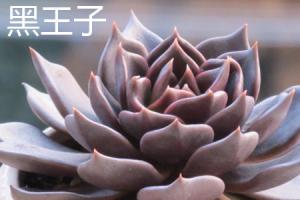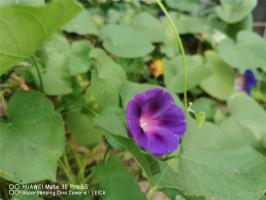When Does a Pot Plant Start Producing THC?
Tetrahydrocannabinol (THC) is the psychoactive component found in marijuana that can produce the feeling of being “high.” If you’re a cannabis grower or enthusiast, you may be wondering when a pot plant starts producing THC. In this article, we’ll discuss the timeline of THC production in cannabis plants and the factors that affect its timing.
The Timeline of THC Production in Cannabis Plants
THC production begins in the trichomes, which are small, resinous structures that cover the plant’s flowers, stems, and leaves. Trichomes go through several stages of development before they are ready to harvest.
In the pre-flower stage, which starts between the third and sixth week of growth, plants begin to produce trichomes. However, the trichomes do not contain THC at this stage, but rather other cannabinoid compounds, such as cannabidiol (CBD).
During the early flowering stage, which typically occurs between the sixth and eighth week, the trichomes start to produce THC. However, the amount of THC is still relatively low at this stage. It’s also worth noting that male plants do not produce THC, so it’s essential to ensure that you’re growing female plants if you want a high THC yield.
As the flowering stage continues, typically lasting between eight and twelve weeks, the THC content in the trichomes increases significantly. It’s during this stage that cannabis growers start to monitor trichome maturity to determine when the plants are ready for harvest. At this point, the trichomes should have a cloudy white appearance, indicating that they contain high levels of THC.
Factors That Affect THC Production Timing
Several factors can influence when a pot plant starts producing THC:
Strain
Each cannabis strain has a unique genetic makeup, which affects the timing and potency of THC production. Indica strains, for example, tend to have a shorter flowering time than sativa strains, which can take up to 14 weeks to flower fully.
Environmental conditions
Environmental factors - such as temperature, humidity, and light exposure - can affect the timing of THC production. High temperatures or low humidity can cause the plants to mature faster, while cooler temperatures and higher humidity can delay the flowering process.
Nutrition
The nutrients you provide your plant can impact the timing and potency of THC production. A lack of essential nutrients can cause the plant to mature more slowly, while an excess can cause the plant to grow too quickly, resulting in lower THC levels.
Conclusion
THC production in pot plants typically begins during the early flowering stage and increases in potency throughout the rest of the plant’s life cycle. The timing of this process can vary depending on several factors, including the strain, environmental conditions, and nutrition. By understanding the timeline of THC production and the factors that affect it, cannabis growers can cultivate high-quality plants with optimal THC yields.

 how many times do yo...
how many times do yo... how many planted tre...
how many planted tre... how many pine trees ...
how many pine trees ... how many pecan trees...
how many pecan trees... how many plants comp...
how many plants comp... how many plants can ...
how many plants can ... how many plants and ...
how many plants and ... how many pepper plan...
how many pepper plan...